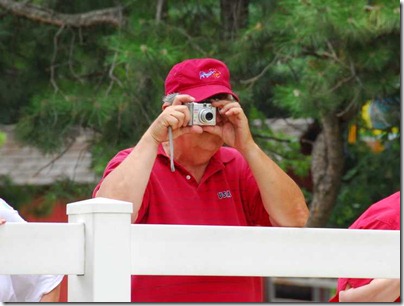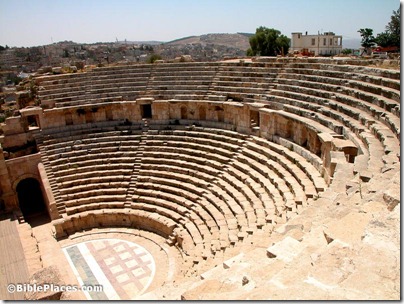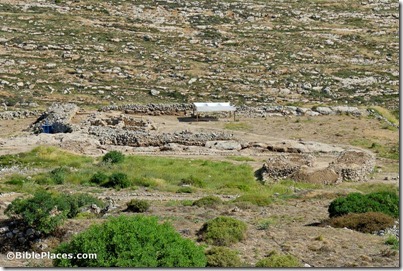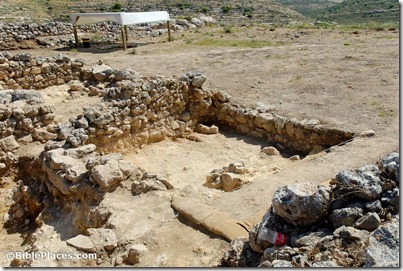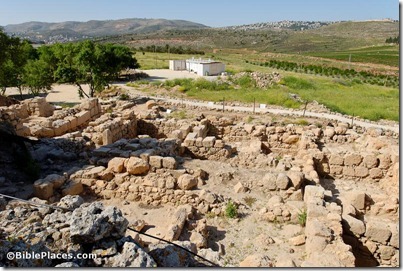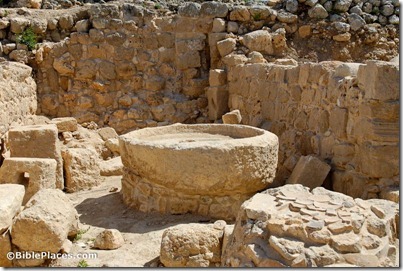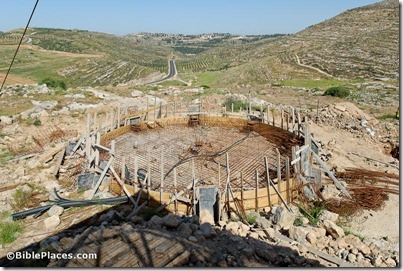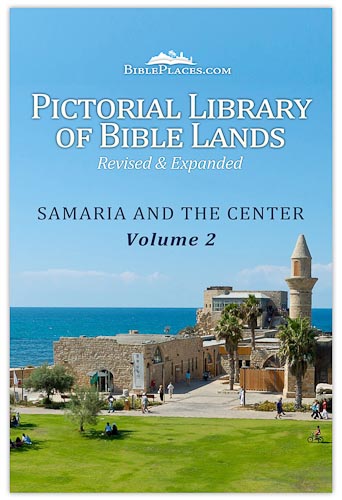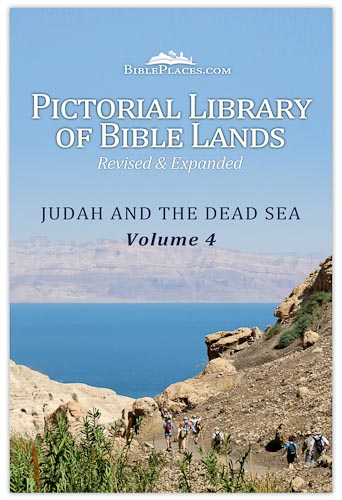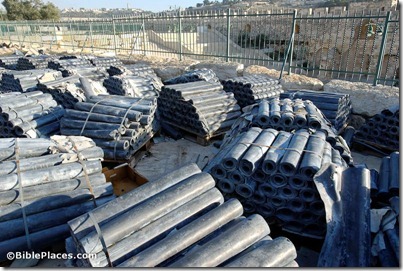Recently Tim Challies reflected on the tension between capturing a moment and enjoying a moment.
I think there’s some relevance to our favorite subject.
For as long as we have had easy access to cameras and then to video cameras we have been torn between enjoying a moment and recording a moment. It’s difficult to do both in equal measure. Many a father has returned home from a visit to the mountains having experienced the whole vacation with one eye closed and the other eye peering through a tiny little rectangle. Today the sheer ubiquity of cameras has escalated this problem. Almost every one of us now has a pocket-sized camera and video camera in our pocket or purse at all times. Comedian Jim Gaffigan pokes fun at himself saying, “I have more pictures of my kids than my father ever looked at me.”
I’ve seen too many people exchange the full-sensory, 360-degree experience of standing on the Mount of Olives or walking down a street in the Old City of Jerusalem in the hope of sharing a 2-D image on a screen with family in the future.
Challies concludes:
I wonder how many beautiful moments we miss because we are afraid we will miss them. Instead of living fully in the moment, enjoying the music or the sunrise or the games with our children, we fall into this strange habit of recording it all. We experience the sunrise through the lens of an iPhone instead of just basking in it, we tinker with focus and angles recording quality instead of just enjoying the music. When all is said and done, we’ve recorded an experience that we missed out on, and the replay is just never as good.
We need to stop believing that everything worth experiencing is worth recording. There’s nothing wrong with taking pictures and shooting video—of course there’s not!—but in all our clicking and in all our capturing, let’s make sure that we’re not missing out on life’s best experiences. Let’s learn to enjoy the moment. Give me one beautiful moment fully lived and fully enjoyed and I will trade it for a hundred moments where my phone stood between me and the source of that beauty.
